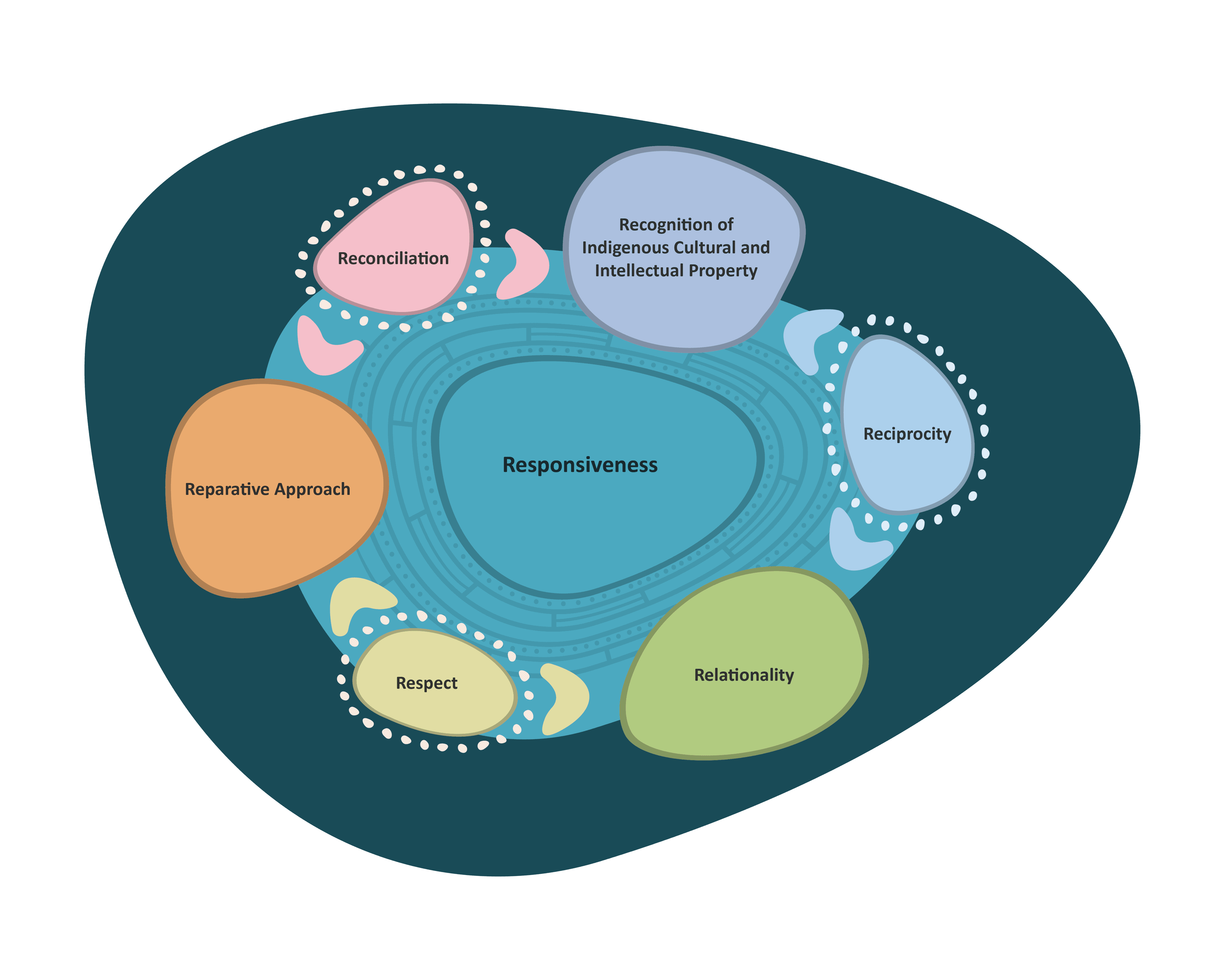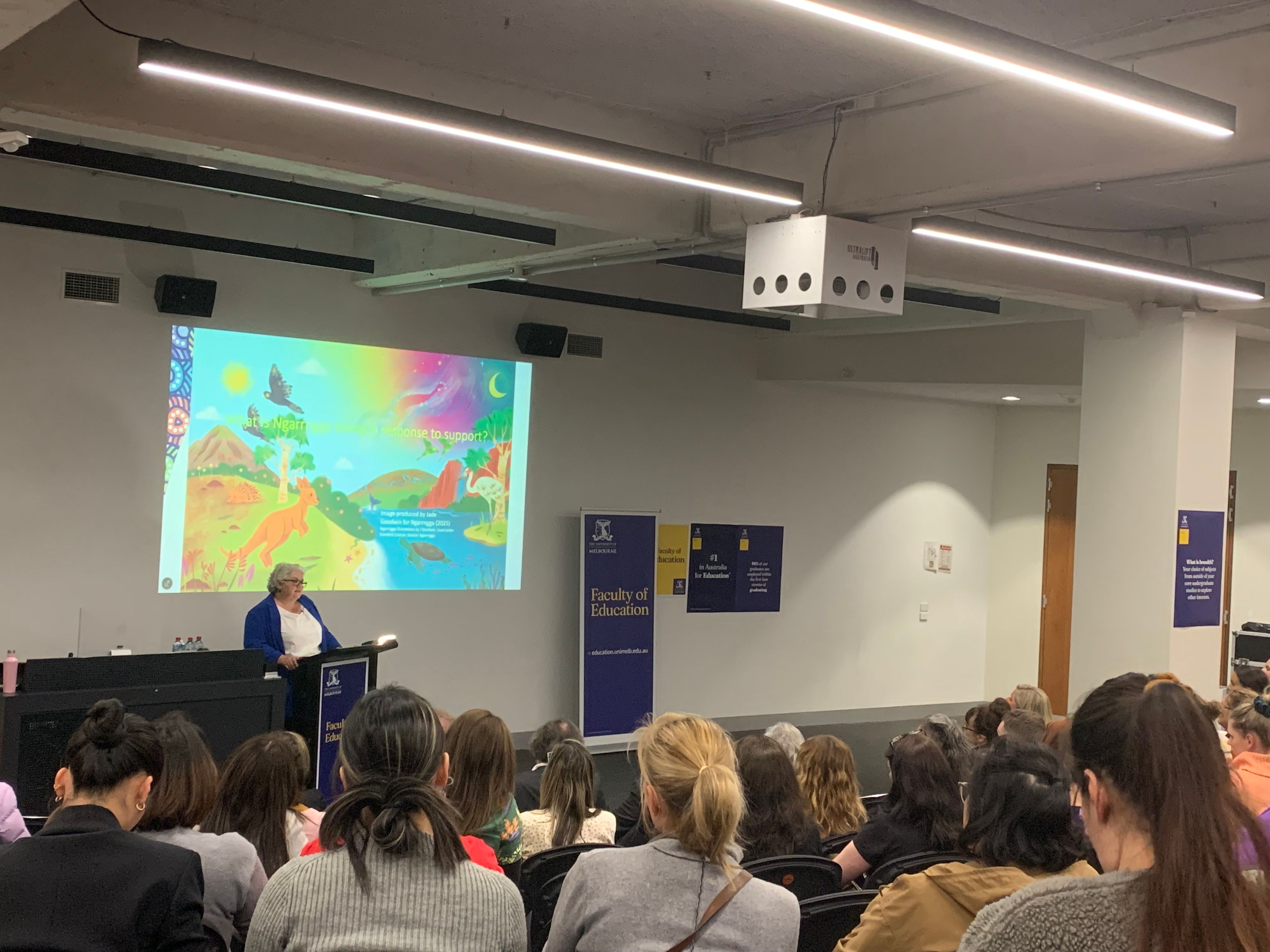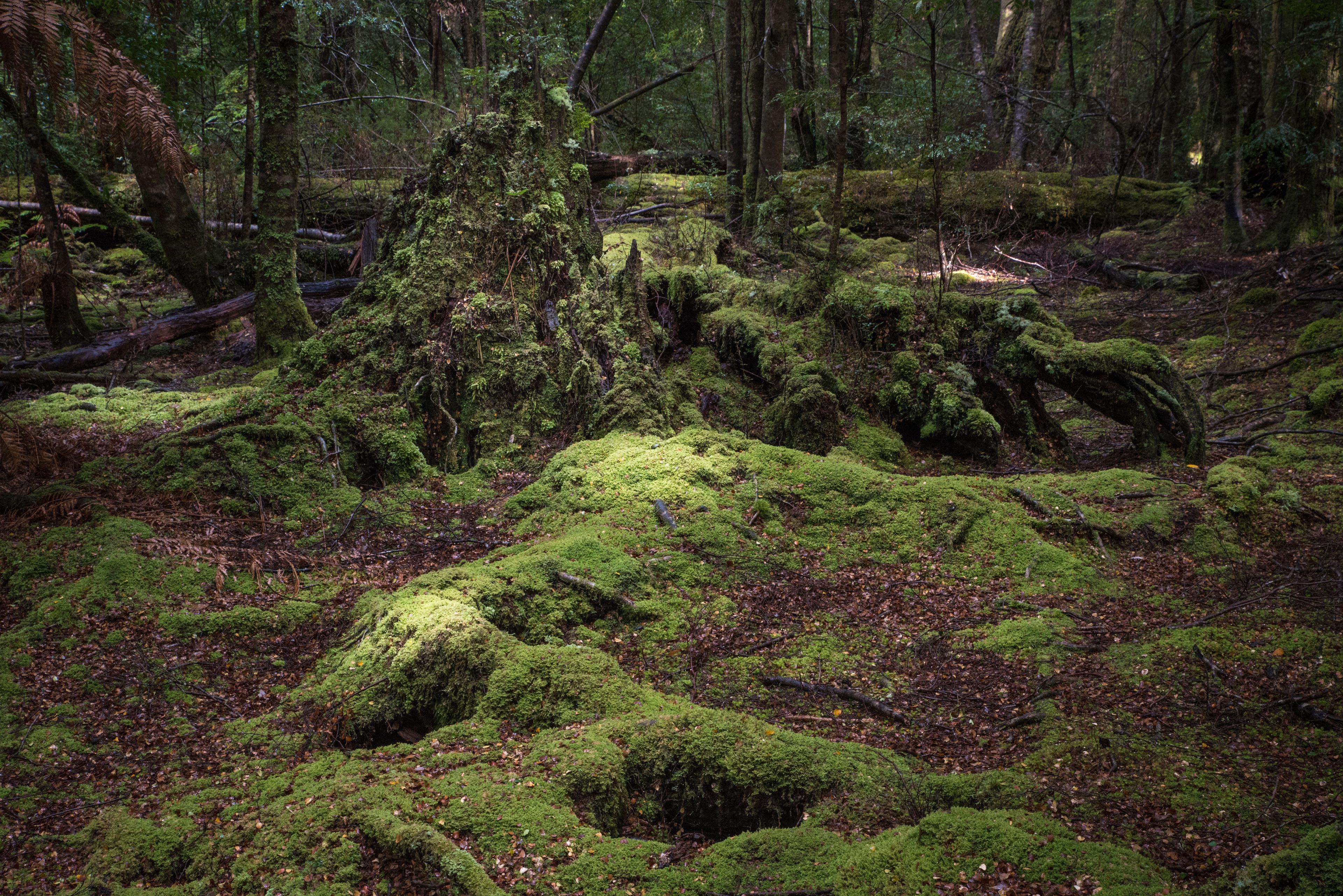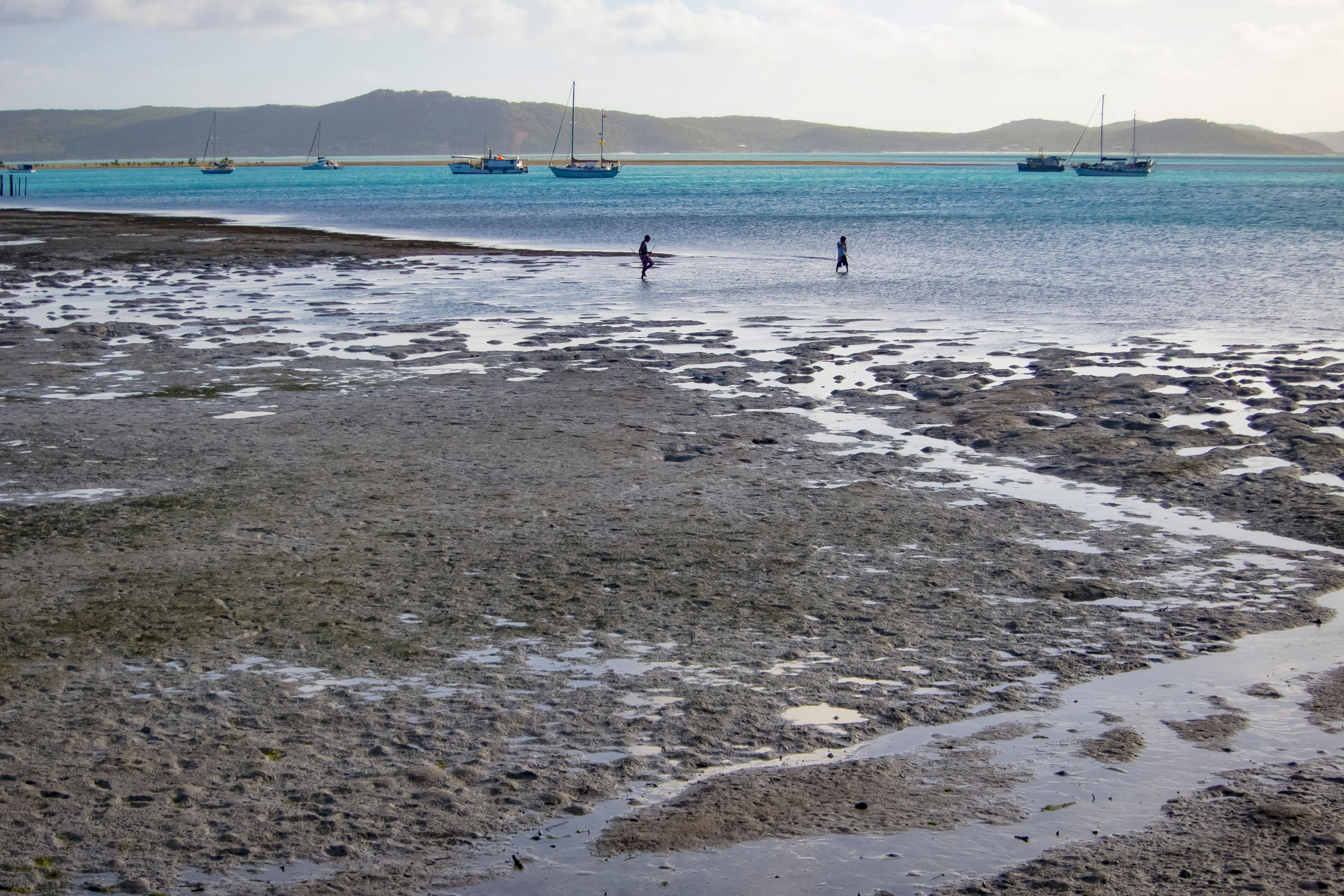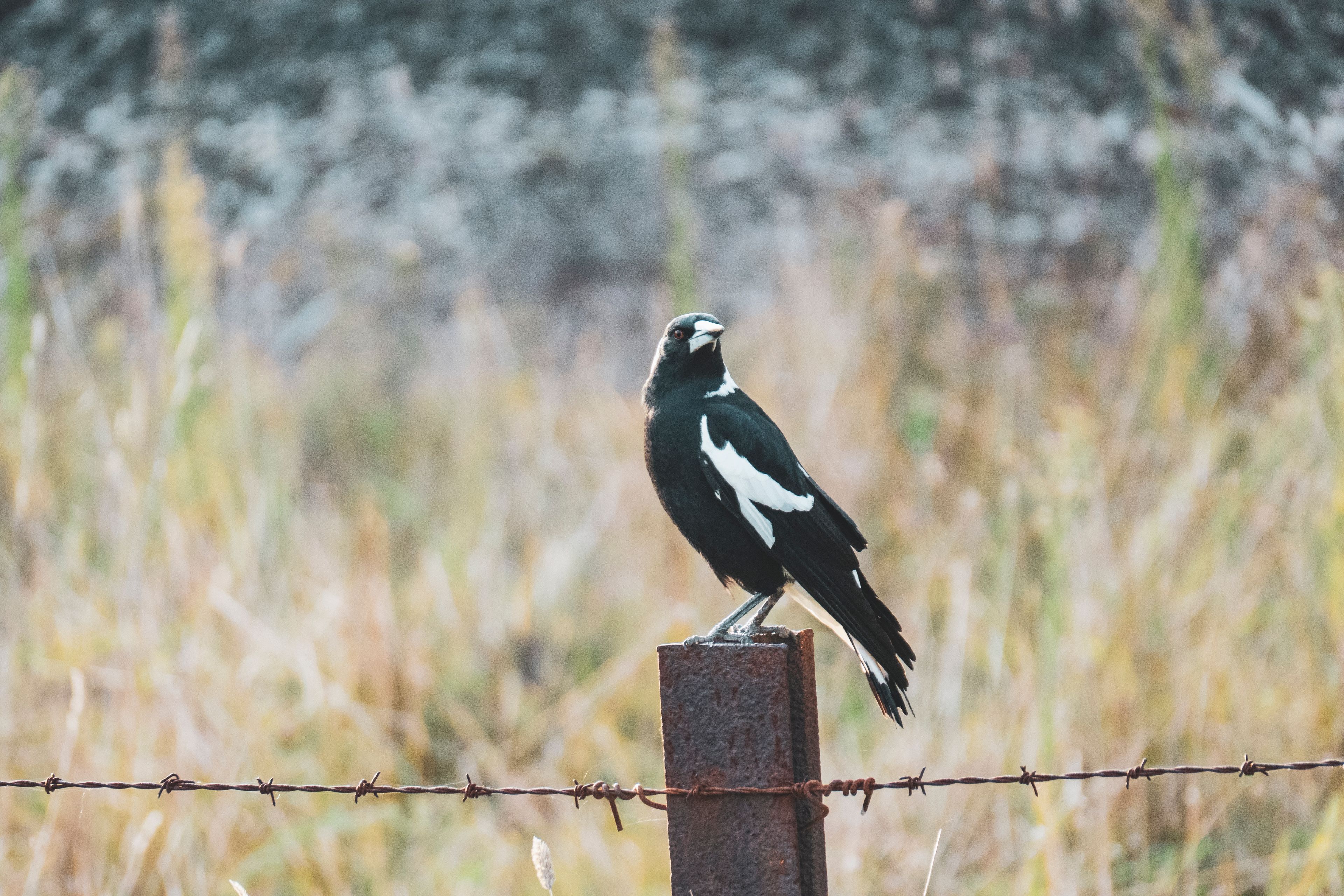Home/Stories and news/“I was constantly in trouble… I struggled terribly to just sit in a chair”
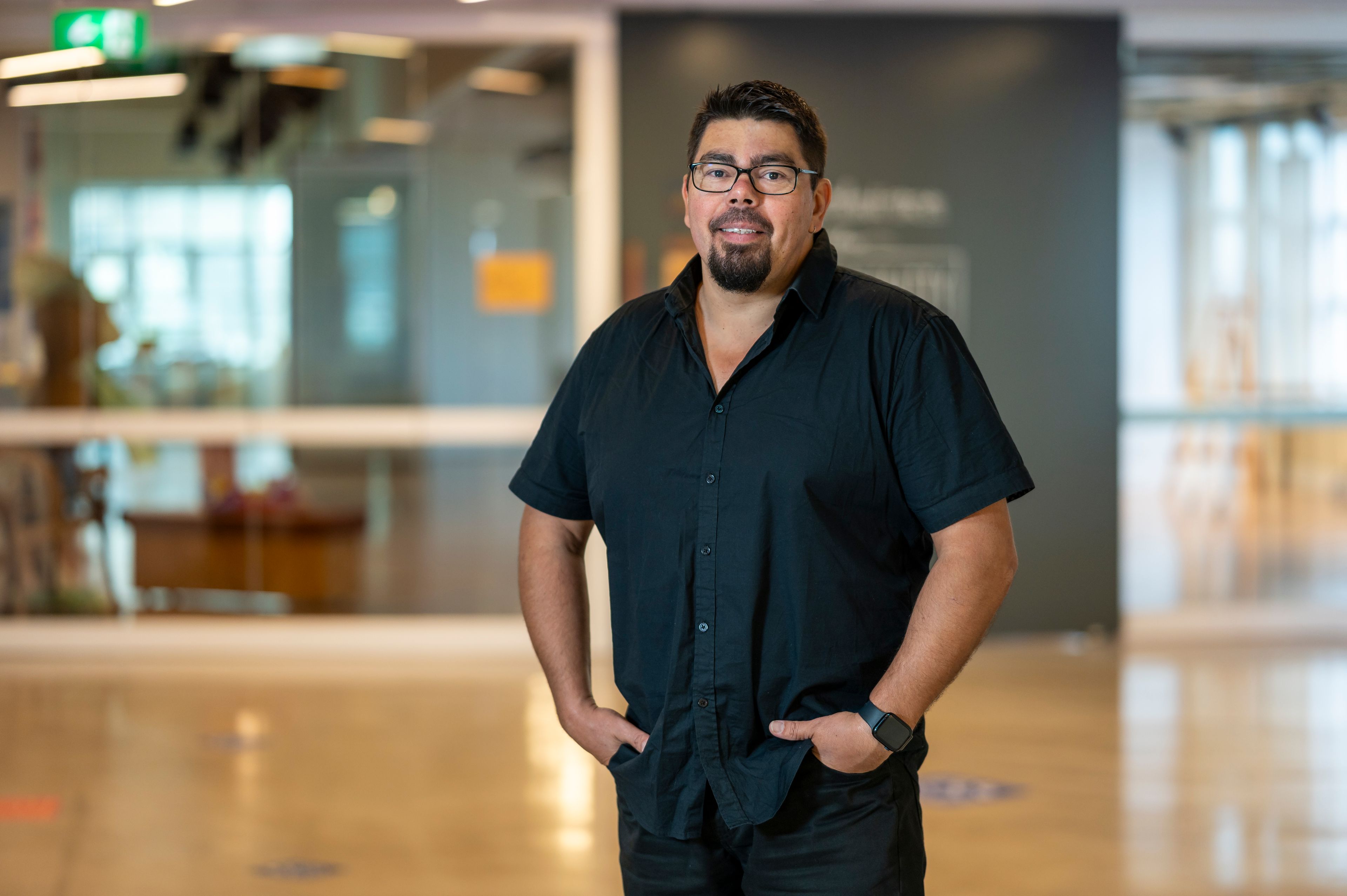
“I was constantly in trouble… I struggled terribly to just sit in a chair”
Doctor Joe Sambono, Narrm, Wurundjeri country. Tiffany Garvie. Source: Ngarrngga. © The University of Melbourne 2023.
Ngarrngga Curriculum Lead Associate Professor Joe Sambono on his vision for providing a place-based, hands-on approach to learning.
I often say to people that I was adversarial with the education system. I was constantly in trouble and being asked to leave the classroom more often than not. For a young feller like me, I was more interested in things that were occurring outside.
I’d been very fortunate through my cultural background to spend time in remote communities, in the NT for instance, where my life for a short period was being able to run through the bush and do the things I liked doing, catching goannas or whatever it may be. So sitting in a suburban classroom was the furthest thing from what I wanted to do!
I remember being taught keyboarding - it’s ironic, keyboarding is essential to me now! - but I struggled terribly to just sit in a chair. I was one of these students that couldn’t read a paragraph in the textbook and be engaged by that. In my experience, that’s a common thing amongst kids from my background. We have to be doing things.
Projects like Ngarrngga will go a long way to guiding teachers to improving the way we are teaching. Not just improving the content of our teaching, but also pedagogical approaches that align to the ways we learn better.
Place-based education, hands-on inquiry, these sorts of things we know are proven to work. If, as a student, a teacher had asked me to learn physics concepts by doing them and by experiencing them, then I know my engagement would have increased.
An important piece of teaching some of these abstract learning areas is to make them more engaging. Traditionally we see subjects like science and maths being taught in very abstract ways, and a lot of the time, for our mob, that is just not an engaging pedagogical approach. And it leads to our continual disengagement.
I’ve seen first-hand, on many occasions, the difference between using such engaging, meaningful and relevant cultural contexts and not doing so. I’ve been fortunate to listen to First Nations students explain how deadly it was to see their background being recognised in the classroom, and how in awe they were of our science success in the particular field that we were discussing. I’ve seen that on many occasions.

